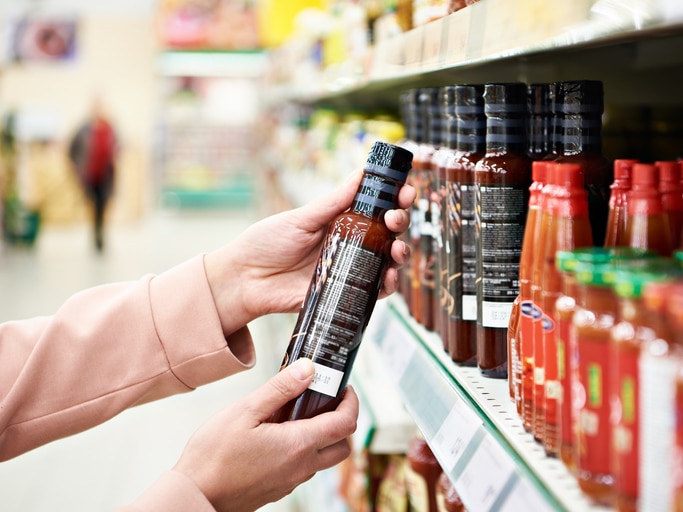
The release of a new food product is an exciting time for the professionals behind it and consumers alike, with everyone standing to gain if the food concept is well-conceived. In order for the product to become a success, however, there are important stages that must be followed from the time that the idea for the new food is formulated to its release into a highly competitive marketplace.
To understand more on what must be considered in releasing such a product, let’s take a look at a few key steps that must be taken in the development phase.
Understanding Your Product and Marketplace
Whether the developer of the food product is an existing food manufacturer or an entrepreneur who has an inspired idea for some new food concept, the first stage of development is to fully explore the product’s unique sales proposition in the marketplace. Detailed research is critical at this stage, to understand the market and how the product stands out from the crowd of existing products in the niche. Different areas of research should include the product’s:
- Audience: know exactly who the target market is
- Niche: know the competition by understanding the range of foods in the specified niche
- Sourcing: know where the ingredients will come from, that they fit the intended budget, and will be consistently available from that source
- Claims: know what nutritional, health, unique taste, or other unique claims will be made about the product
- Budget: know how much money is needed to make the product launch possible
What Students of Food Technology Should Know About Developing the New Product
Once the research is complete, the next stage is to begin developing the food with those specifications and goals in mind. This phase of development typically involves experimentation with various ingredients, and will benefit from the oversight of a food technology specialist or other type of food quality control professional in order to ensure the product meets safety standards mandated by the government.
This stage can include several rounds of trial and error, changes to the recipe, and more to help uncover the perfect formulation. The producer should also be prepared to experience further challenges when trying to replicate the product in a manufacturing setting.

Food technology experts may be consulted for overseeing the safe manufacturing of the new product
A new food product will also typically be subjected to an application process in order to meet the food regulations and requirements under Canadian law. The application process will often make inquiries into the details of such things as:
- food type
- ingredients of the product
- where the product will be manufactured
- how the product will be packaged
- what health claims the product makes
- the expected shelf life of the product

New food products must meet a list of mandated requirements to be approved for sale
Labelling Requirements
Students in food technology courses will be interested to know that all food labelling is carefully regulated in Canada, ensuring that all nutritional and potentially allergenic elements of a food item are added to its packaging. Health-specific claims must also be approved in order to ensure that the public is not being mislead. Additionally, some new products may be subjected to a shelf-life test, a process mandated under Canadian law used to determine a “best before” date for the product.
Some completely new food concepts may be considered a “novel food” under Canadian law. This applies to a product having no history of safe use as a food, resulting from a process not previously used for food, or having been genetically modified. These types of products may be subjected to a separate application and review process.

Everything appearing on a food’s label must be pre-approved by the government
Are you interested in taking specialized food technology training to pursue a career in this engaging field?
Contact the Academy of Applied Pharmaceutical Sciences for more information on our Food Technology, Safety, and Quality certification program!



